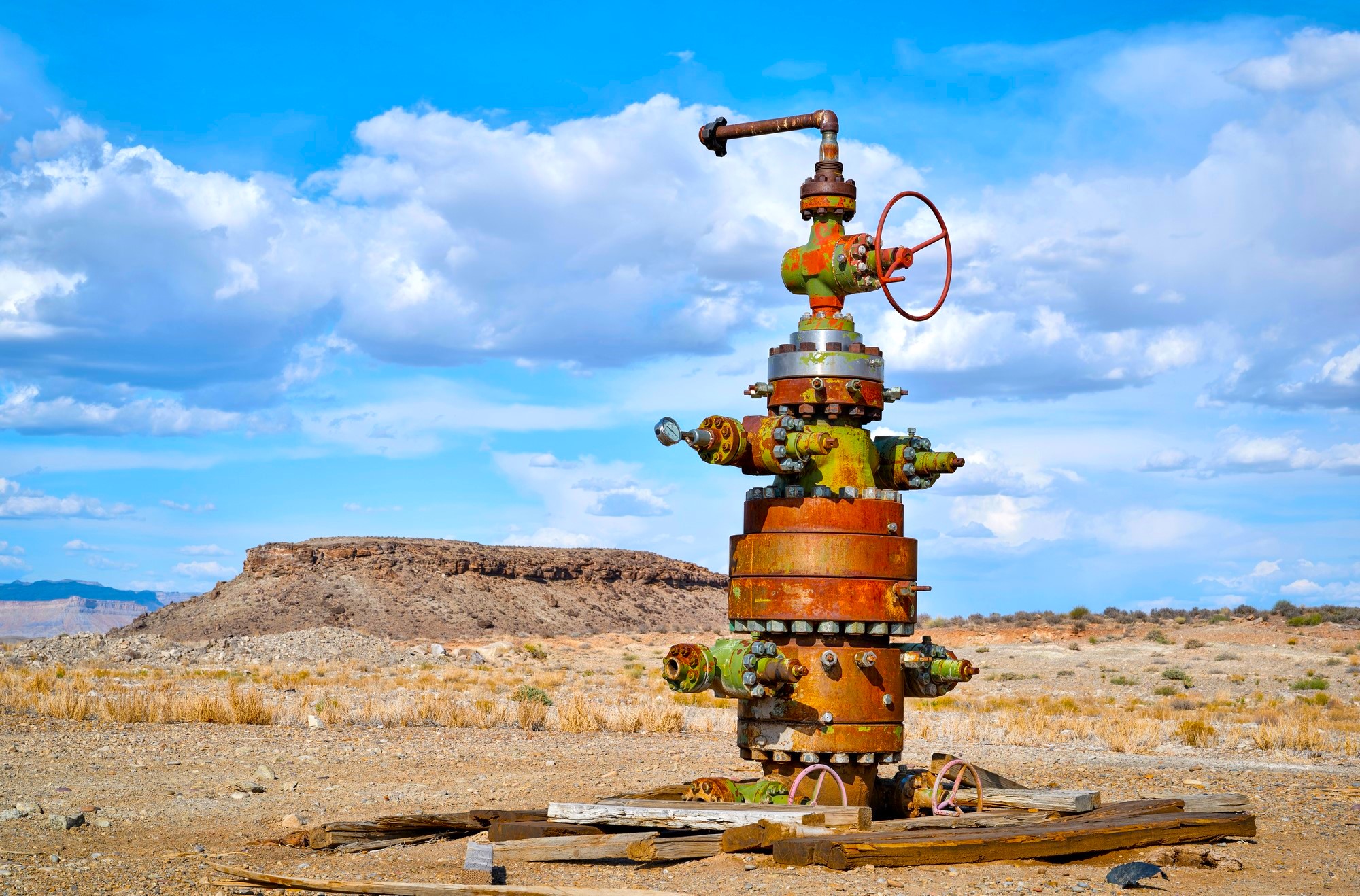Polyvinyl alcohol is a water-soluble and biodegradable synthetic polymer used in oil field cementing applications.
Its versatility may very well be the reason experts are projecting the PVA market to grow at an impressive 6.5% annually between 2023 and 2033, potentially reaching a whopping USD$1.9 billion valuation.
Polyvinyl Alcohol in Oil Field

However, as great as PVA is for those mainstream applications, it’s in the oil field cementing world where this unassuming polymer really shines. Keep your cement slurry nice and moist to preventing fluid losses, PVA has an application for just about every cementing challenge you can throw at it.
This guide will show you how this versatile additive can be important in cementing field.
- Water Retention
For cement to gain that rock-solid strength you want, it needs the right amount of water first. But sometimes, cement can lose too much moisture during the mixing process.
That’s where PVA and other fluid loss control additives come in. They help the cement slurry hold onto its precious water. Without enough water, you’d end up with a dry, crumbly mess.
- Fluid Loss Control
You’re pumping this thick, goopy cement slurry down into the well, and you don’t want it losing too much liquid to the surrounding formation. That’s where PVA comes in. It sees to it that the slurry doesn’t let too much of its precious liquid escape into the formation. Controlling that fluid loss helps the slurry maintain its ideal consistency and properties throughout the cementing process.
Without PVA, the slurry might end up too thick, too thin, or just plain wonky.

- Viscosity Modification
PVA can thicken or thin out the slurry and adjusting its viscosity to achieve that perfect, pourable consistency. Too thick, and you’ll never get it down the well. Too thin? It won’t have the oomph to reach its destination.
With PVA on viscosity duty, you can optimize the slurry’s flow to match whatever cementing conditions you’re dealing with. And pro tip — sourcing your PVA or any other specialty chemicals from a reputable PVA supplier is key to ensuring you get the good stuff that’ll nail those fluid properties.
- Reduced Shrinkage and Cracking
In unfortunate circumstances where cement sets and loses moisture, it may start shrinking and developing all sorts of tiny cracks and fissures. Those little fractures might seem harmless, but they can create pathways for fluid migration, not something you want in an oil well!
However, PVA helps keep the cement from shrinking excessively as it cures. The result? The risk of those crack formations is minimized.
- Temperature and Chemical Stability
The conditions down in an oil well are no joke. Matter of fact, data shows that temperatures can reach highs of 200 degrees Celsius and pressure up to 150 MPa in deep wells. Add harsh chemicals, and you’ve got a gnarly environment. That’s enough to make most additives fail.
But not PVA. This tough cookie can handle whatever gets thrown its way. High temps? No sweat. Corrosive chemicals? PVA prevails. Thanks to its impressive stability, PVA is that one reliable partner you want for cementing operations in these harsh environments.
- Enhanced Elasticity
Down in the well, that cement sheath has to deal with all sorts of stresses and strains. Temperature fluctuations, mechanical forces from drilling and production — it’s like a constant earthquake down there! Without some flexibility, the cement could just crack and crumble under all that pressure.
That’s where elastic PVA comes in. It gives the cement a touch of bendability. With PVA’s help, the cement can stretch and flex without shattering into oblivion when the going gets tough downhole.
- Environmental Safety
Compared to some of the other chemical options out there, studies show that PVA is widely considered to be a much greener choice.
While some additives might be straight-up toxic nightmares, PVA is more like a gentle, plant-based cleanser — effective but way easier on the environment. It’s something you can feel good using as you’re not dumping a bunch of nasty stuff into the ground. So, no regrets!
An additive like PVA in your back pocket can have you going a long way. It’s a high performer that gets the job done sans leaving behind a crazy environmental footprint.
In Closing
PVA offers a compelling solution for oil field cementing. Its ability to reduce fluid loss, maintain workability, and function across a range of temperatures — all this makes it a valuable tool for ensuring successful well construction. PVA isn’t a magic bullet. But for every cementing challenge, it’s a reliable and versatile additive that deserves consideration for your next project.